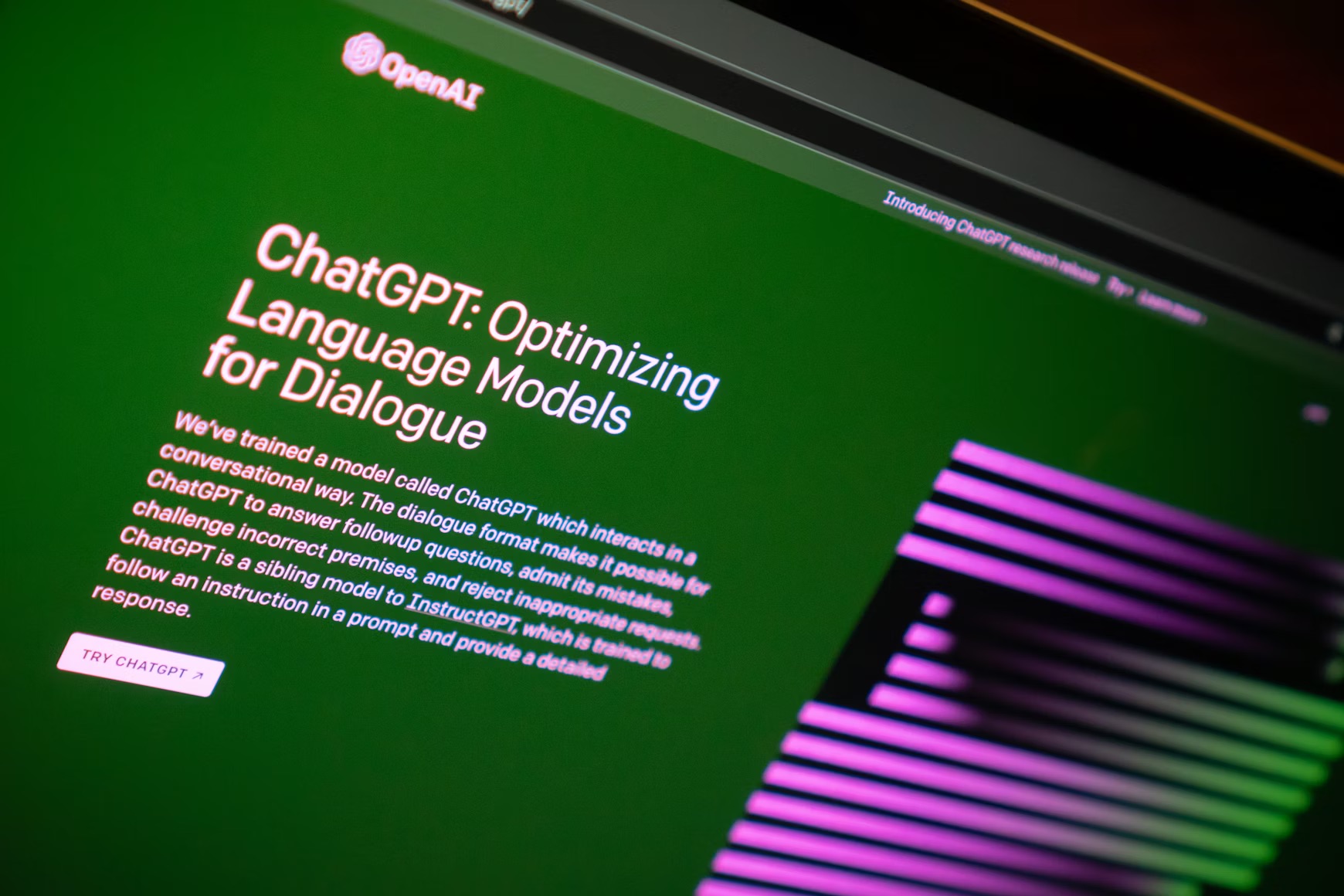
Sam Altman, CEO of OpenAI, has abandoned the company’s founding philosophy that better ideas would lead to artificial general intelligence (AGI), embracing a new conviction that massive compute and infrastructure are the true keys to dominance. Altman noted this was “discovered empirically” as sheer scale yielded the best results. This strategic shift has led to unprecedented vertical integration across the AI ecosystem, where every layer, from silicon to software, is being brought under OpenAI’s control.
Custom Hardware and New Devices
OpenAI is now directly moving into the hardware business, partnering with Broadcom to co-develop racks of custom AI accelerators purpose-built for its models, with deployment beginning in late 2026. This move is about achieving greater control and efficiency by designing the system from the transistor up. This strategy mirrors what Apple did with its M-series chips: control the silicon, control the experience. Complementing this effort is the acquisition of Jony Ive’s startup, io. Ive’s team is focused on exploring screenless, wearable AI-native devices, a major sign that OpenAI intends to own the next generation of consumer interfaces, not just power them. These twin hardware bets on custom silicon and emotionally resonant consumer products give OpenAI deep control over its stack.
The Stargate Infrastructure War
The company’s massive, coordinated campaign to build its physical backbone is dubbed Stargate. This initiative has been fueled by a rapid series of blockbuster deals in recent weeks. Nvidia has agreed to a framework for deploying 10 gigawatts of systems, backed by a proposed $100 billion investment. Additionally, AMD will supply its Instinct GPUs under a 6-gigawatt deal, which allows OpenAI to acquire up to 10% of AMD’s equity if deployment milestones are met. These infrastructure deals, coupled with the custom Broadcom chips, are OpenAI’s push to root the future of AI in infrastructure it can call its own. Altman asserted that designing the whole system allows them to get “huge efficiency gains” that will lead to “better performance, faster models, cheaper models.”
The Platform and Developer Play
The final pillar is the developer ecosystem. OpenAI’s DevDay revealed new tools like AgentKit and a new App Store inside ChatGPT, which now reaches 800 million weekly active users. This is an explicit attempt to follow the “Apple playbook”—owning the ecosystem and becoming a platform. By offering new features for publishing, monetizing, and deploying apps directly inside ChatGPT, OpenAI is pushing for tighter integration, making it harder for the 4 million developers on its platform to leave. Analysts like Gil Luria of D.A. Davidson note that this competition is over replacing entire sectors like Software as a Service (SaaS) by automating complex enterprise workflows with AI agents. Ultimately, experts conclude that the real bet is not that the best model will win, but that the company with the most complete developer loop will define the next platform era.
What The Author Thinks
Google’s launch of the distinct Gemini Enterprise platform, separate from its productivity suite, signifies a strategic masterstroke to pivot the conversation from isolated “copilots” to comprehensive “orchestration” of AI agents. By offering a secure, centralized toolkit that integrates seamlessly with competitors’ software like Microsoft 365 and Salesforce, Google is wisely positioning itself as the neutral, full-stack operating system for all enterprise AI. This move is designed to make the platform indispensable regardless of which core LLM—Gemini, Claude, or another—an enterprise prefers, providing a critical layer of control and governance that directly addresses the security concerns that have held back widespread corporate AI adoption.
Featured image credit: Jonathan Kemper via Unsplash
For more stories like it, click the +Follow button at the top of this page to follow us.
